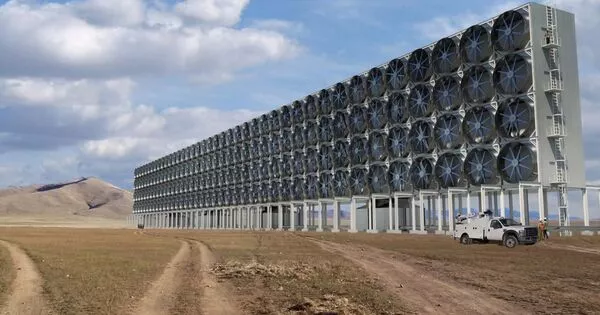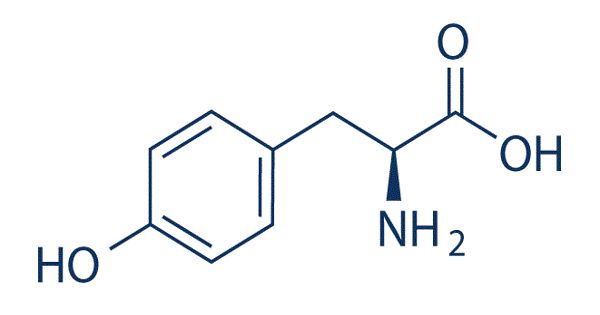Capturing and recycling carbon dioxide (CO2) from industrial emissions is an important component of tackling climate change and lowering greenhouse gas emissions. Several strategies and technologies are being developed and deployed to attain this goal. One viable solution is the employment of carbon capture and utilization (CCU) or carbon capture and storage (CCS) technologies.
Carbon capture is a viable strategy for reducing climate change. Carbon dioxide (CO2) is trapped before it escapes into the atmosphere with this method, although it needs a significant amount of energy and equipment. Now, researchers reported in ACS Central Science have developed a capture device based on an electrochemical cell that can readily catch and release CO2. The device operates at room temperature and requires less energy than conventional, amine-based carbon-capture systems.
Many companies are looking to electrification to help reduce carbon emissions, but this method is not suitable for all industries. CO2, for example, is a natural byproduct of cement production and hence a significant contributor to emissions on its own. Carbon-capture devices, which typically rely on amines to assist “scrub” the pollutant by chemically attaching to it, can retain excess gas. However, this necessitates a significant amount of energy, heat, and industrial equipment, all of which can consume additional fossil fuels.
Researchers reported in ACS Central Science have developed a capture device based on an electrochemical cell that can readily catch and release CO2. The device operates at room temperature and requires less energy than conventional, amine-based carbon-capture systems.
Carbon capture could be electrified by employing electrochemical cells that are fueled by renewable energy sources. So Fang-Yu Kuo, Sung Eun Jerng, and Betar Gallant set out to create an electrochemical cell that could quickly and reversibly trap CO2 while requiring little energy.
By “swinging” positively charged cations across a liquid amine contained in dimethyl sulfoxide, the scientists first created an electrochemical cell capable of capturing and releasing exhaled carbon. A strong Lewis cation coupled with the carbamic acid when the cell was discharged, releasing CO2 and producing the carbamate amine. When the procedure was reversed and the cell was charged, the cation was removed, and the cell was able to trap CO2 while also reforming the carbamic acid.

Direct Air Capture (DAC) technology involves capturing CO2 directly from the ambient air. It uses a series of chemical processes or specialized materials to absorb CO2 molecules from the atmosphere. Once captured, the CO2 can be purified and stored or utilized in various applications. Many industries, such as power generation, cement production, and steel manufacturing, are significant sources of CO2 emissions. Advanced carbon capture technologies, such as amine-based or solid sorbent-based systems, can capture CO2 directly from the flue gases of industrial processes.
The ion-swinging process was optimized by the researchers using a mix of potassium and zinc ions. In a prototype cell, they employed these two ions to form the cathode and anode. In first tests, this cell required less energy than other heat-based cells and was competitive with other electrochemical cells.
They also evaluated the device’s long-term stability and discovered that approximately 95% of its initial capacity was retained after numerous charging and discharging cycles, suggesting that the system was practical. According to the researchers, this work demonstrates the feasibility of an electrochemical alternative and could help make continuous CO2 capture-release technology more viable for industrial applications.
















